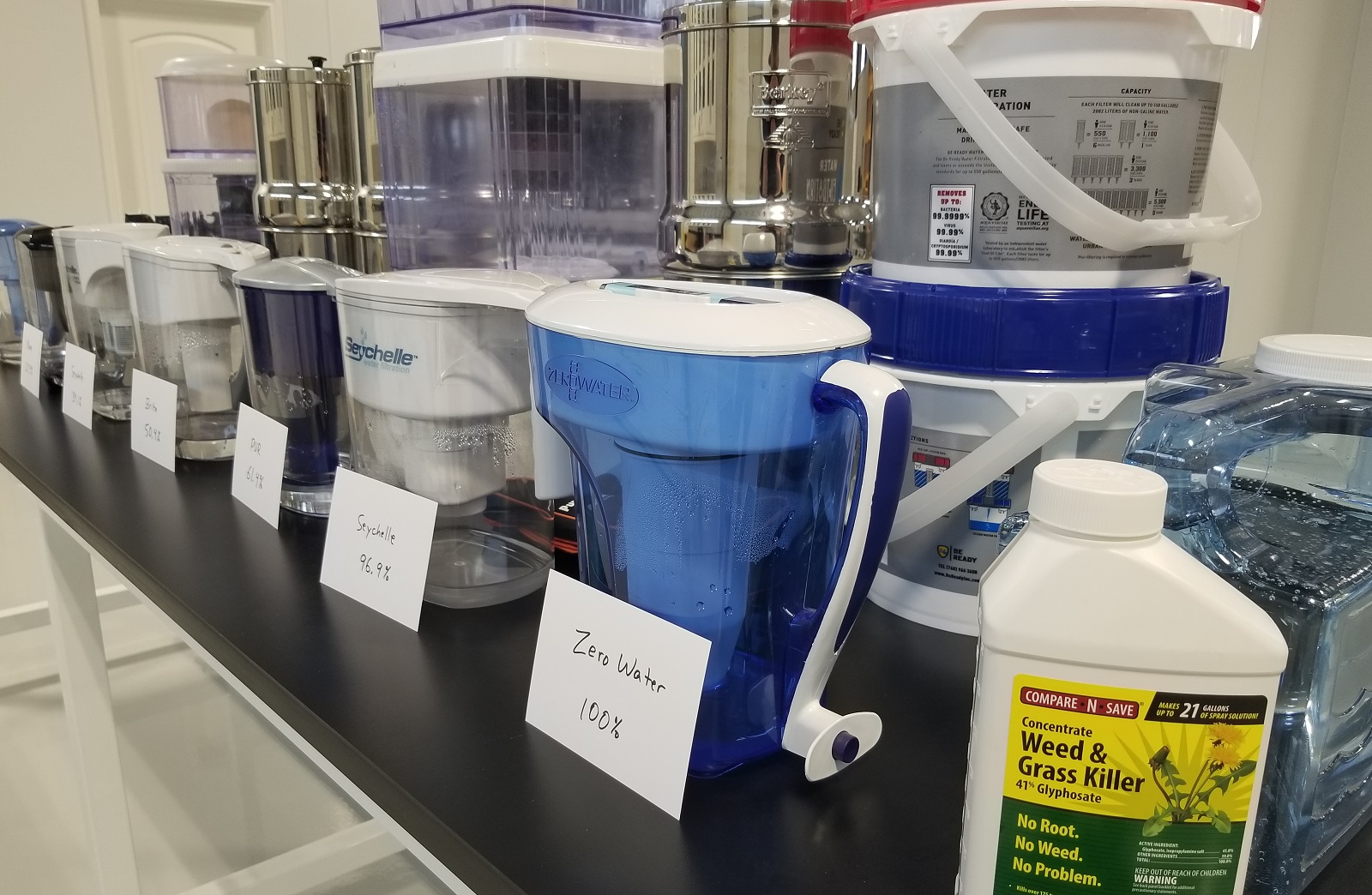New artificial “robot nose” could soon replace dogs for sniffing out narcotics and explosives
02/18/2019 / By Edsel Cook

That well-trained and fluffy K9 dog deployed by your local police or military unit might one day be replaced by an “electronic nose.” What’s more, that scent sensor will use living cells grown and harvested from mice genes – and just the DNA, mind you, no actual animals required.
Researchers from Duke University (Duke) acquired the genes of mice that had been bred to react to specific odors. They grew olfactory receptors from these genes and installed the receptor stem cells on an electronic device that could sniff out the odors.
Lead researcher and senior study author Hiroaki Matsunami explained that the concept of an artificial nose started in the 1990s, when the scent receptors were identified. However, it was deemed to difficult to grow the proteins and oversee the process, at least until recently.
Other e-noses used chemical compounds as artificial olfactory receptors. However, the compounds could never match the sensitivity of the natural and living receptors found in the nose of a trained sniffing dog. So Matsunami thought that using real, living scent receptors in a robotic nose might work better. (Related: The modern-day bloodhound – a robot that can rapidly detect odors on the ground.)
Developing an e-nose that uses artificially-grown mice odor receptors
The genomes of dogs, humans, and mice have roughly 20,000 different genes. Each gene stores information on how to produce important proteins that can, for example, detect odors.
Only two percent of human genes are involved in the production of olfactory receptors. In comparison, mice dedicate five percent of their genes to that job.
“These animals invest a lot of resources for this purpose,” Matsunami remarked on the strong sense of smell of rodents. “Mice and rats are very good smellers; we just don’t use mice for detecting explosives in real life.”
He and his fellow researchers tested the mouse odor receptors to figure out which ones expressed the strongest reactions to odors like illegal drugs and explosives. Once they got the best ones for the job, they tested the activation of those receptors in real time.
Mucus adds a slimy layer of complications to bio-organic electronic nose
For the next phase of their experiment, they sought to replicate the conditions found in the nose of a live animal. The researchers released smell-emitting odorants alongside vapors and several enzymes, and recorded the reactions of the olfactory receptors.
So far, they have tested their prototype e-nose on two odor vapors. Eventually, they hope to test all of their receptors against the different kinds of scents that K9 sniffing dogs are trained to identify, such as blood, cocaine and explosives.
The Duke research team also tried to replicate the effects of the mucus that lines the insides of the nose. During the tests, they added different enzymes that are normally found in the slimy coating and observed how these proteins helped or hindered the olfactory receptors from reacting with the odorants.
“You’d think when we smell a chemical, the chemical would bind to the chemical receptor in the nose, but actually it’s not so simple,” Matsunami reported in the paper, which he published in the journal Nature Communications. “When the chemical dissolves in the nasal mucus before binding to the receptor, it might be converted to another chemical by enzymes in the nasal mucus.”
After noting the lack of information on how mucus affected the sense of smell, he expressed his intention to replicate the important parts and functions of nasal mucus. Creating an artificial mucus coating for the olfactory receptors of the electronic nose would take it one step closer towards the real nose of a K9 sniffer dog.
Sources include:
Tagged Under: artificial nose, biotech, Chemistry, discoveries, dog noses, e-noses, electronic nose, inventions, k9, physics, scent sensor



















